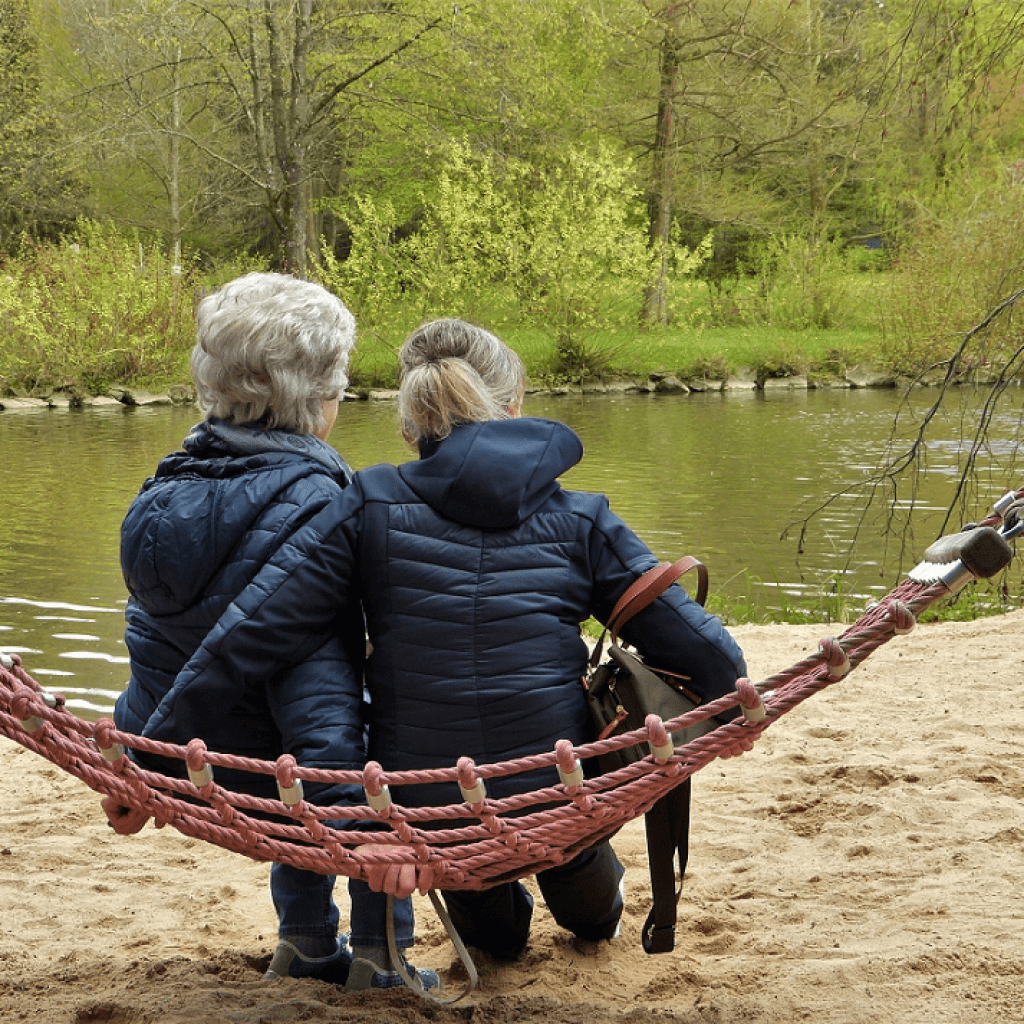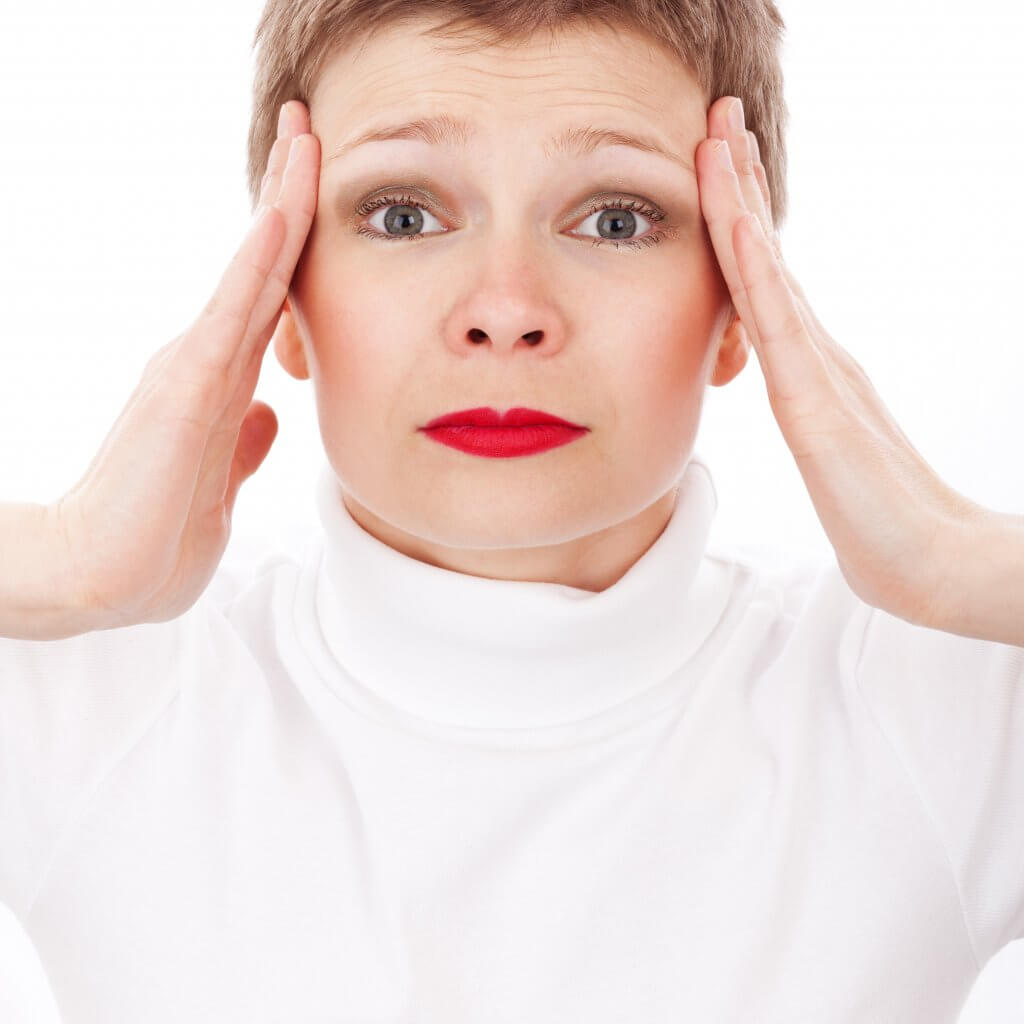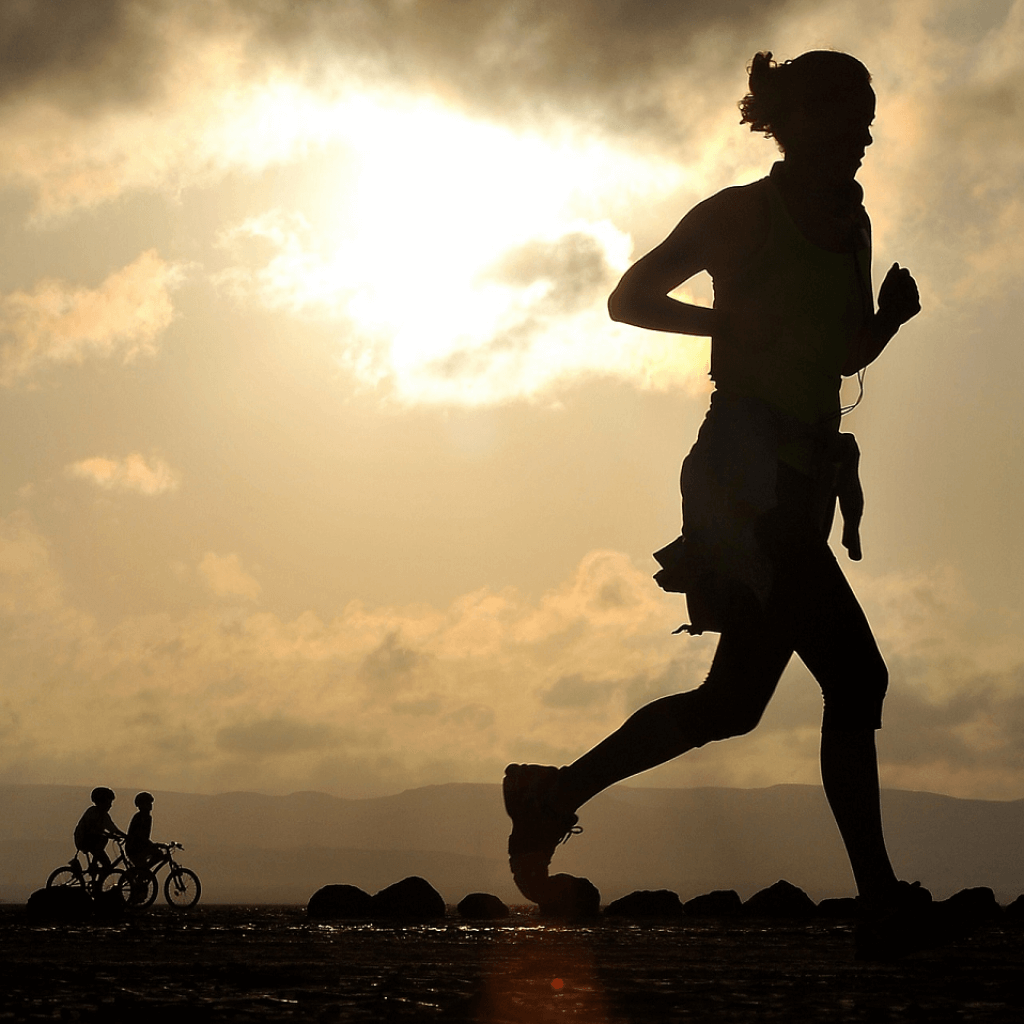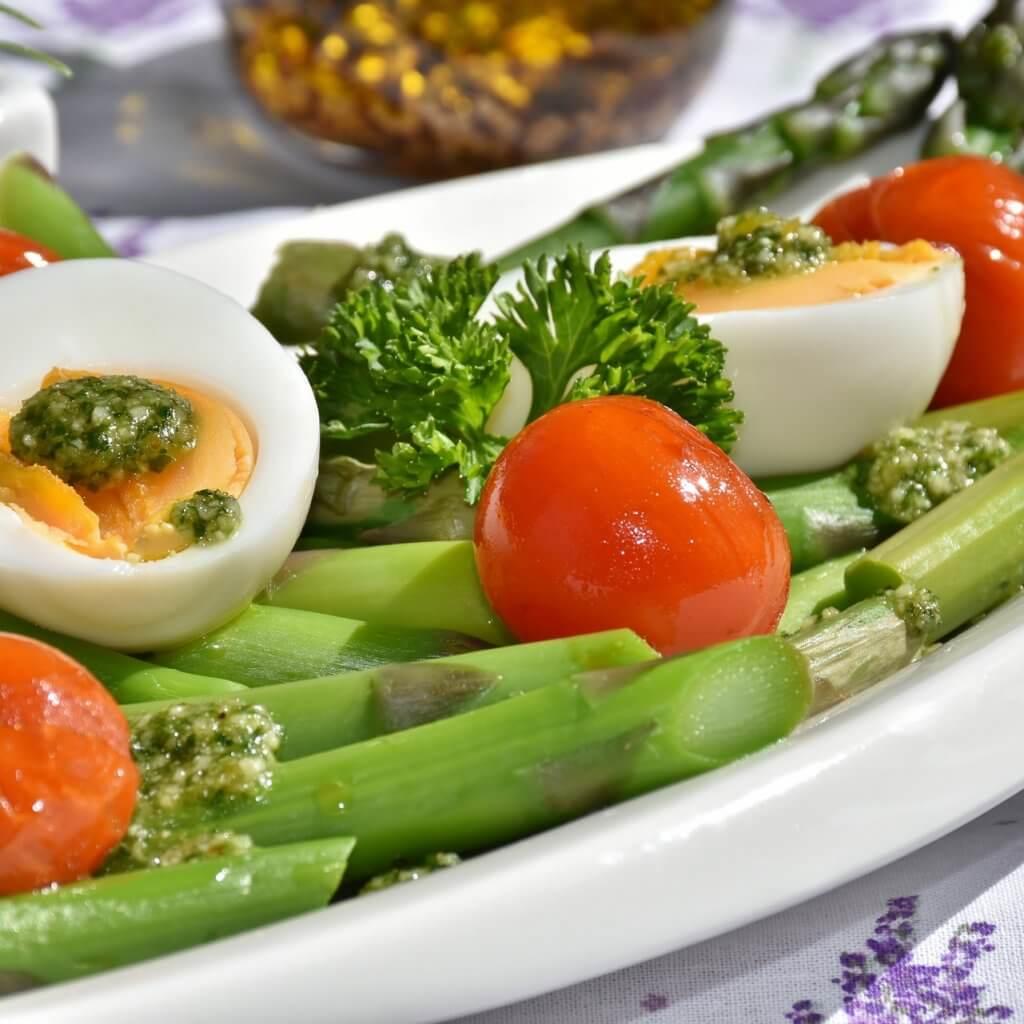Running and Menopause: What You Need to Know

They say that only two things in life are certain: Death and taxes. For womankind, however, there’s also a third: Menopause. Because whether we like it or not, there comes a time in every woman’s life when estrogen production decreases and menstruation eventually stops. And along with that comes a myriad of possible symptoms that can be tricky and frustrating to manage, especially when it comes to running and menopause.

So whether you’re still in your twenties or already approaching 50, a number of questions inevitably pop to mind for the woman runner. Will you be able to run through menopause? How will running be different during menopause? And, perhaps most importantly, will running help ease the symptoms of menopause? Here’s everything you need to know about running and menopause.
Menopause in a Nutshell
Menopause is a normal phase of every woman’s life that marks the end of her reproductive period. It is characterized by a number of changes that occur either before or after the end of menstruation and can be different for everyone. Some women experience all the symptoms of menopause, while others experience only a few or even none. And for some menopause symptoms stick around for years, while for others it lasts merely months.
Natural menopause is a gradual process that takes place in three stages:
- Perimenopause starts several years before menopause and basically involves a reduction in estrogen production by the ovaries. It can last anything from two to eight years and usually commences around the age of 47. In the final year or two of perimenopause, estrogen production decreases more rapidly and menopause symptoms may commence.
- Menopause officially starts a year after you’ve had your last period. At this stage, the ovaries no longer release eggs and estrogen production is minimal.
- Postmenopause is defined as the years after menopause. For most women, the symptoms of menopause ease during this phase, although the health risks associated with low estrogen levels rise.
The average age for reaching natural menopause is 51.
The Symptoms of Menopause
Symptoms associated with menopause include, but are not limited to, the following:
- Hot flushes, which may vary in intensity from mild to extremely intense
- The inability to sleep
- Irritability and mood swings
- Depression and anxiety
- Headaches
- Altered libido
- Vaginal dryness
- Difficulty in controlling the bladder
- Heart palpitations
- Weight gain

RunnerClick
Which, let’s face it, isn’t great news for running and menopause. A lack of sleep, bladder incontinence, and weight gain are hardly the things that runner’s highs are made of, right? So then why try to running and menopause? Is it worth it? Can running have a positive impact on menopause symptoms?
The Impact of Running on Menopause
The answer is, thankfully, a resounding yes. A number of studies have found that physically active women show a higher quality of life during menopause than their physically inactive sisters. This is especially true for women who implement a comprehensive exercise regime that includes cardiovascular, strength, flexibility and neuromuscular elements.

More good news is that running, being a weight-bearing exercise, may contribute to bone health when estrogen levels dwindle. It is important to note, though, that a combination of weight training, running and a diet rich in calcium and Vitamin D is ideal.
And if you suffer from hot flushes, you’ll be delighted to know that some research even suggests that menopausal women who run tend to experience fewer hot flushes, to begin with. Women runners are generally also less fazed by hot flushes since getting hot and sweaty is a normal part of running.
In terms of menopausal insomnia, it’s good to note that physical activity, in general, promotes better sleep. Just make sure that you exercise during the earlier parts of the day since you don’t want your core temperature to be raised too close to bedtime.
Tips for Incorporating Running into Menopause
Well-known and much-loved running coach, Jenny Hadfield, shares the following tips for incorporating running and menopause:
- Keep a journal. Being mindful of and writing down both the physical and mental changes and challenges you experience during menopause may help you better understand and ease into this new phase of life.
- Go with your flow. Instead of sticking to a strict training program, rather run according to how you feel. Take it easy or run a shorter distance on days when menopause symptoms are intense, and save harder workouts for days when you feel good.
- Live a balanced life. Too much stress raises cortisol levels, which, in turn, can contribute even further to weight gain, poor quality sleep, and poor running performance. Be sure to take enough time for yourself, and spend it doing things you love.
- Make maintaining muscle tissue a priority. A loss of lean muscle tissue during midlife contributes to the metabolic decline. Boost your metabolism by incorporating two to three sessions of resistance training into your weekly schedule. This can contribute to increased bone density, joint stability, and running economy – all things that tend to decline after menopause.
- Focus on hydration. Hot flushes and night sweats may contribute to less-than-ideal hydration levels, which, in turn, may lead to fatigue and poor running performance. Keep tabs on your hydration status by monitoring the color of your urine: If its dark yellow, drink up some water; and if it runs clear, ease up.
- Focus on proper nutrition. This is extremely important during menopause. Keep the following tips in mind: Avoid refined and processed foods. Eat a wide variety of colorful fruits and veggies. Avoid alcohol and caffeine. Eat foods rich in omega-3 fatty acids. And last, but not least, incorporate a source of lean protein into every meal.

Other, easy-to-follow, practical tips include running during the coolest part of the day, wearing easy-to-shed layers or a water-soaked bandanna for running and taking afternoon naps, where possible.
The Takeaway
And while running and menopause isn’t a breeze, it’s definitely possible. And, however hard it is, it’s sure to benefit you in many ways. So ring up a friend that’s going through the same thing, make a running date and celebrate your collective strength and spirit. You are, after all, in this together!
Sources
- , Menopause and running: What you need to know, Online publication
- , Running and menopause, Online publication
- , All change: Running (fast) through the menopause, Online publication
- , Menopause and running: This is what you need to know, Online publication
- , Running through menopause, Online publication
- , Menopause basics, Online publication
Latest Articles
 Is Running on a Treadmill Easier Than Running Outside?Runners have their own preferences, whether it is treadmill running, running outside on the road, or exploring trails. So...
Is Running on a Treadmill Easier Than Running Outside?Runners have their own preferences, whether it is treadmill running, running outside on the road, or exploring trails. So... Is It OK to Use Trail Running Shoes on the Road?While trail running shoes can be used on roads, especially in situations where a runner encounters mixed terrains or pref...
Is It OK to Use Trail Running Shoes on the Road?While trail running shoes can be used on roads, especially in situations where a runner encounters mixed terrains or pref... How to Fix Sore Quads After Running?Rest, ice, gentle stretching, and over-the-counter pain relievers can help soothe sore quads after running. Also, ensure ...
How to Fix Sore Quads After Running?Rest, ice, gentle stretching, and over-the-counter pain relievers can help soothe sore quads after running. Also, ensure ... 10 Fruits With The Most Electrolytes to Replace Sports DrinksThese fruits are high in electrolytes such as potassium, magnesium, and calcium, essential for hydration, muscle function...
10 Fruits With The Most Electrolytes to Replace Sports DrinksThese fruits are high in electrolytes such as potassium, magnesium, and calcium, essential for hydration, muscle function...

